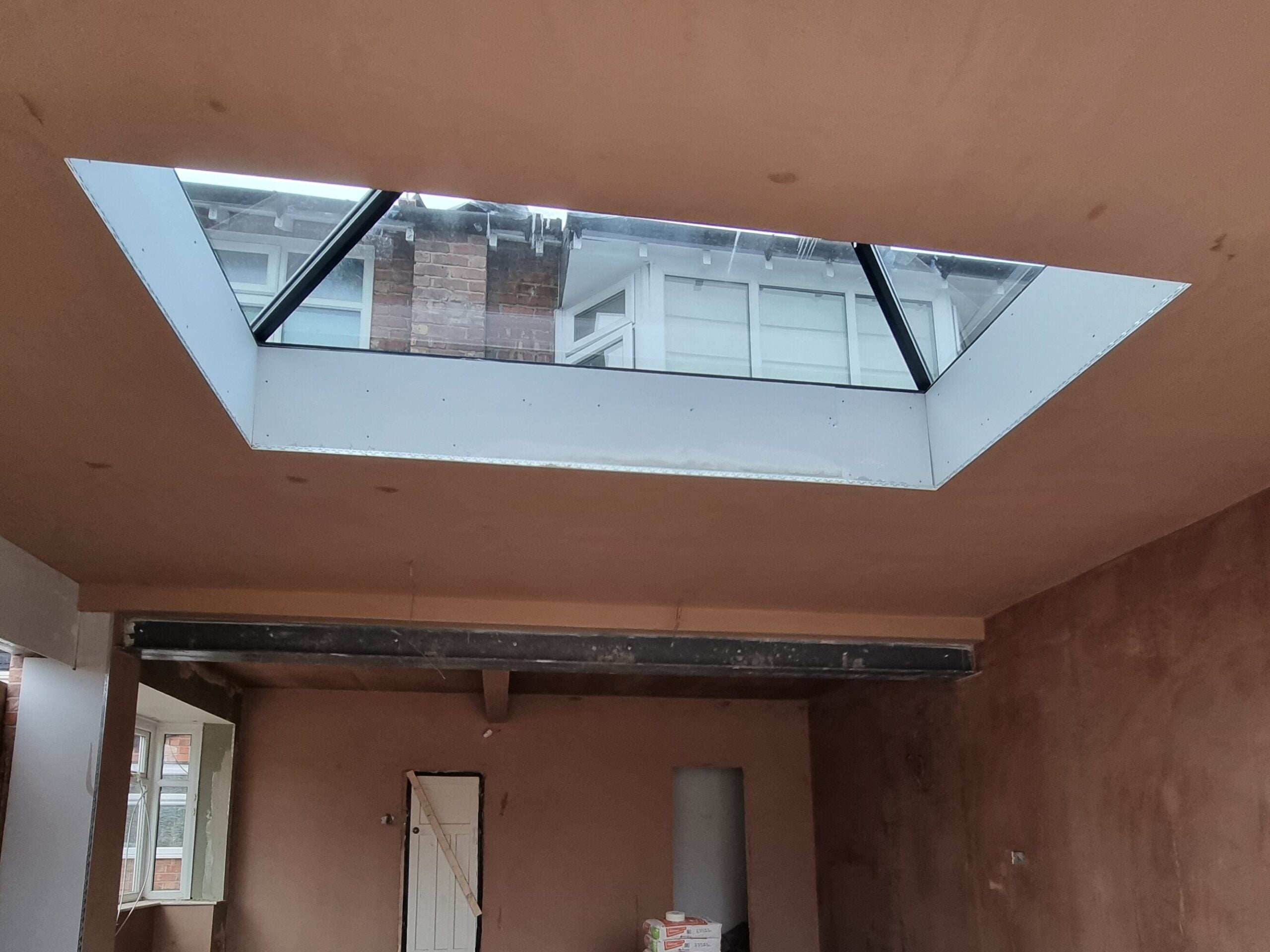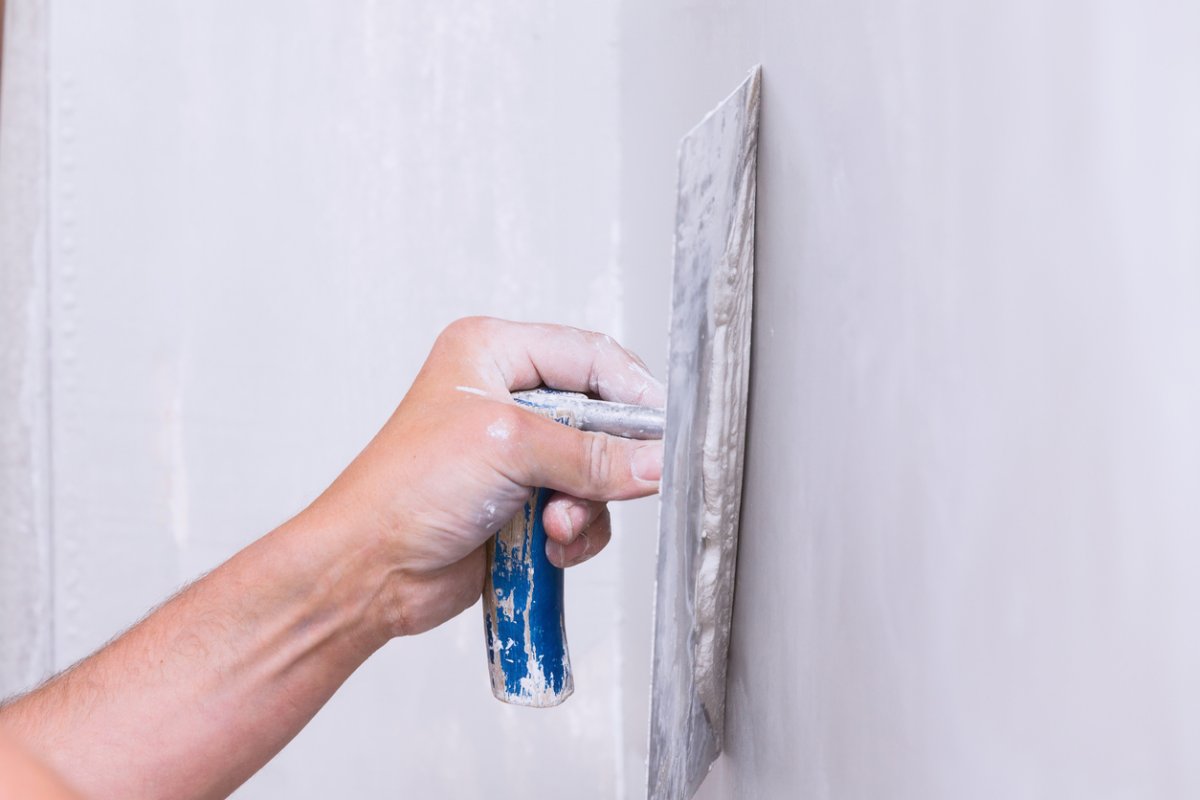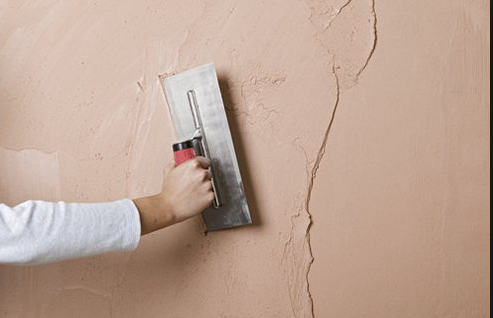Plastering Made Simple: Step-by-Step Guide for Beginners
Wiki Article
Comprehending the Crucial Strategies of Smudging for Home Improvement Projects
In the world of home improvement, understanding the crucial techniques of plastering can dramatically boost both the functionality and visual allure of a space. Various approaches exist, each tailored to particular applications, whether for restoring historical stability or updating insides. The plastering procedure includes critical stages, from careful surface prep work to the accurate application of materials. Comprehending these fundamental components is essential, yet numerous house owners ignore typical mistakes that can weaken their initiatives. As we check out these techniques even more, the nuances of achieving a perfect coating will come to be progressively evident.Kinds Of Gluing Techniques
Although different gluing methods exist, each offers an one-of-a-kind purpose and uses distinct aesthetic top qualities. One of one of the most typical methods is typical lime plastering, which is recognized for its breathability and versatility. This method is particularly helpful for older frameworks, enabling dampness to get away while keeping structural integrity.For a more distinctive appearance, trowel-on plastering strategies such as stucco and Venetian plaster are typically employed. Stucco, commonly used in exteriors, supplies resilience and climate resistance, while Venetian plaster is renowned for its glamorous, sleek finish.
In addition, there are much more specialized techniques, such as skimming, which is a process that entails applying a thin layer of plaster over existing surface areas to produce a smooth coating. Each of these techniques can dramatically influence the overall visual and performance of a space, making it necessary to pick the proper approach based on the details requirements of a project.

Devices and Materials Needed

The hawk offers as a platform to hold the plaster, while the trowels, available in different dimensions, are crucial for application and smoothing. A float, often made of rubber or sponge, is made use of to achieve an uniform surface.

Protective equipment can not be ignored; safety and security masks, safety glasses, and gloves are vital to guard versus dust and debris. Finally, a durable ladder may be required for getting to higher areas, guaranteeing security while operating at height. Purchasing high-grade devices and products inevitably contributes to an extra successful plastering task, yielding a long lasting and aesthetically pleasing finish. Properly furnished, you lay the groundwork for efficient plastering and home renovation.
Step-by-Step Plastering Process
With the right devices and materials in hand, the next phase includes carrying out the smudging process with precision. Begin by preparing the surface to make certain ideal attachment. Get rid of any type of loosened particles, dust, or old plaster, and use a bonding representative if needed.Once the surface is prepped, blend the plaster according to the producer's directions, accomplishing a smooth, lump-free uniformity. Utilizing a trowel, use the first coat, called the scrape layer, to a density of concerning 5-10 mm. Ensure uniform coverage, and use a comb or scratcher to develop grooves for much better attachment of succeeding layers.
After permitting the scrape layer to establish partly, apply the 2nd layer, or the brownish layer, smoothing it out for an also surface. Enable this layer to completely dry, generally for 24-48 hours, depending on the problems. Ultimately, use the ending up coat, which should be thinner and smoother. Plume the edges to blend into the surrounding surface, achieving a smooth appearance.
As soon as the plaster has dried out completely, it can be fined sand lightly to eliminate blemishes. Adhere to up with a guide prior to painting for a polished try these out last appearance.
Common Errors to Prevent
Stopping working to recognize usual mistakes can substantially impact the quality of your plastering project. Disregarding to fix any underlying problems, such as dampness or architectural damages, can jeopardize the plaster's stability.
Timing is additionally essential; many unskilled plasterers rush the application. Permitting the first layer to dry entirely prior to using subsequent layers is crucial to stop excessive cracking and contraction.
Furthermore, not making use of the right tools can hinder the ending up procedure. Using trowels that are tiny or as well large can affect your control and the smoothness of the surface - Plastering. Last but not least, disregarding environmental problems, such as temperature and humidity, can cause uneven drying out and unacceptable results. By being conscious of these typical mistakes, you can boost the effectiveness and durability of your plastering job.
Tips for Finishing Touches
Achieving a flawless coating in plastering calls for focus to visit this web-site information and a few calculated techniques. As soon as the initial application has actually dried, begin the ending up process by utilizing a moist sponge or trowel to ravel any blemishes. This action not just improves the surface yet additionally helps to get rid of any kind of excess plaster that may have dried erratically.Next, think about the use of a fine-grit sanding block or post sander for a much more polished appearance. Sanding need to be done gently to avoid damaging the underlying layer - Plastering. Always put on a mask to protect against dust inhalation
After sanding, evaluate the surface under various lighting conditions to identify any type of missed places or disparities. Apply a thin layer of ending up plaster if required, feathering out the sides to mix perfectly with the surrounding location.
Conclusion
Finally, grasping necessary plastering techniques substantially boosts the top quality of home enhancement tasks. Comprehending the different sorts of smudging methods, using suitable devices and products, and sticking to a methodical application procedure contribute to accomplishing a smooth and durable coating. By preventing typical mistakes and executing complements properly, the overall visual allure and capability of remodelled spaces are guaranteed. These techniques eventually lead to effective and gratifying home improvement outcomes.In the realm of home improvement, grasping the important strategies of plastering can significantly enhance both the capability and visual allure of a space.Although different gluing methods exist, each serves a special function and provides unique visual high qualities. Plastering. For an extra distinctive look, trowel-on plastering techniques such as stucco and Venetian plaster are usually employed. Stucco, generally utilized in exteriors, offers durability and climate resistance, while Venetian plaster is renowned for its elegant, sleek surface
Generally utilized plaster types include gypsum plaster, lime plaster, and cement-based plaster, each offering different purposes and settings.
Report this wiki page